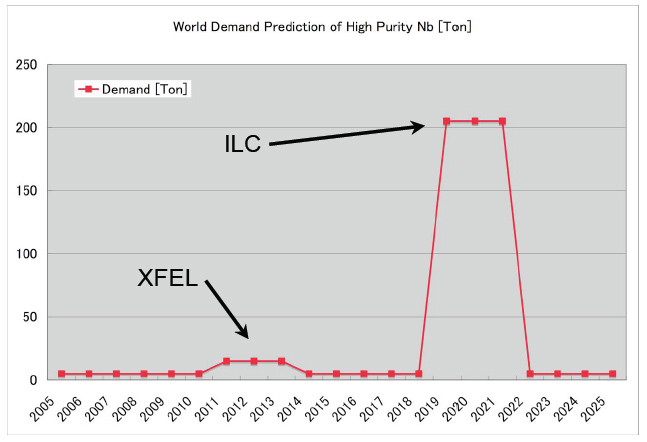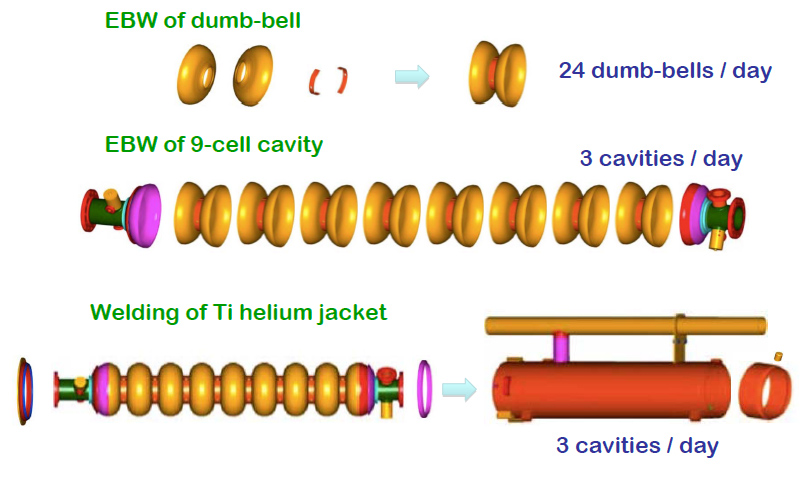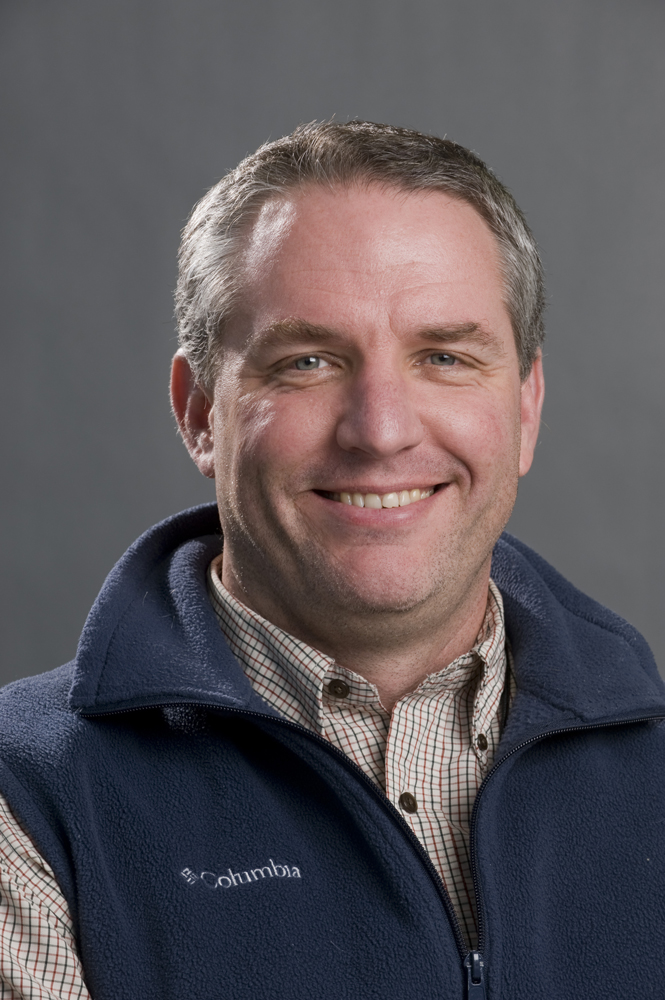Director's Corner
17 June 2010
 Barry Barish |
Superconducting RF cavity industrialisation
Producing high gradient superconducting radiofrequency (SCRF) cavities that meet our demanding performance goals, are affordable and can be produced by industry represents one of the largest challenges on the way to making a solid project proposal for the ILC. The present 500-GeV ILC design requires about 18,000 nine-cell one-metre long niobium cavities (including spares) yielding an average operational field gradient of 31.5 megavolts per metre (MV/m). Although we can gain much experience from other projects (XFEL, Project X, etc) and from our own R&D programme, developing a worldwide capability to produce our cavities in industry represents an enormous challenge – one we need to address now. In that regard, a special satellite workshop on ILC cavity industrialisation was held in conjunction with the first IPAC meeting last month in Kyoto, Japan.
We have made substantial progress towards producing cavities in industry that meet our 35 megavolt per metre gradient goal for individual cavities in a vertical test, which will determine the main linac. We are preparing to make that decision over the coming six months and we have also developed a set of diagnostic tools that are enabling us to understand and sometimes fix cavities that do not meet the required gradient.
We do not yet have an agreed-upon model for building the ILC and dividing up the tasks, but we assume that most governments will want to make primarily in-kind contributions and that the major partners will want to participate in the high technology tasks, especially involving SCRF. This means we will need multiple qualified vendors distributed around the world, both to produce cavities at sufficient rate and to enable broad participation. Just to illustrate the numbers involved, 18,000 cavities correspond to a production rate of about 20 cavities per day for a four to five-year production period. This is a very big step up from present day capability! Divided among multiple vendors, we will still need to develop the capability to produce a few cavities per day per vendor, which will require considerable tooling, manufacturing ability and quality assurance for each qualified vendors.
The ideas and methodology for achieving these requirements differ in different parts of the world. The special workshop in Kyoto brought together our superconducting RF experts with representatives from industry from Europe, Japan and the US to inform each other, to exchange ideas and to discuss the issues and challenges.
We need to learn as much as possible from previous work, including the early industrialisation studies from the TESLA Technology Collaboration, progress over the period since then and the current ability of industry. The "real life" experience from the European XFEL will be invaluable to us and we need to encourage laboratory-industrial partnerships to develop a cost effective process that can be followed to reliably produce cavities that meet our requirements. The approach is different in different regions. The Global Design Effort project managers, as a step towards producing multiple qualified vendors, have recently made visits to the present set of potential vendors worldwide to share our best understanding of the technical processes to produce high gradient cavities. Another important initiative is being carried out at KEK in Japan where a "pilot plant" is being created, reducing the need for industry to build up large expensive infrastructure.
In Jim Kerby's final summary talk at the Kyoto industrial workshop, he emphasised the important points that we will see increasing involvement of industry in next several years (in different ways) and that we will be well served by having “flexible workshops and flexible cells of manual work.” He also pointed out that there is much to be learned from others, for example the CERN implementation of an integrated supply chain, and also that other industry / laboratory models and examples exist!
-- Barry Barish



